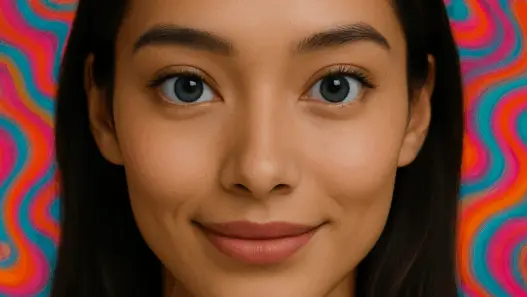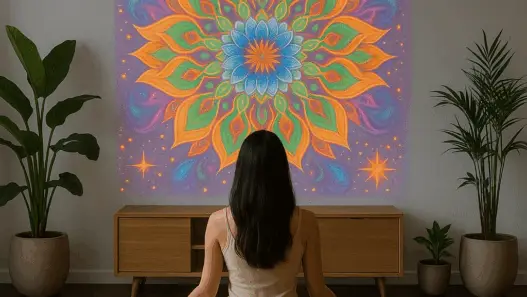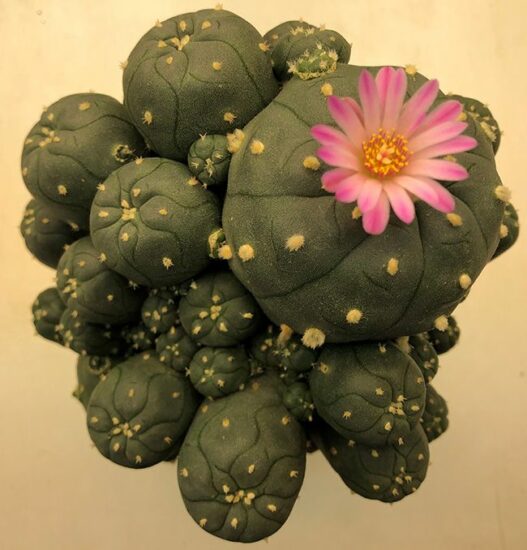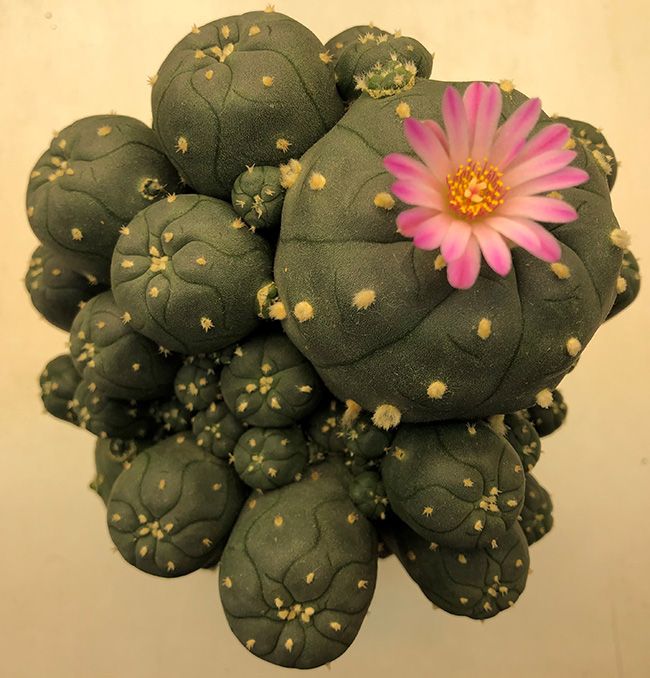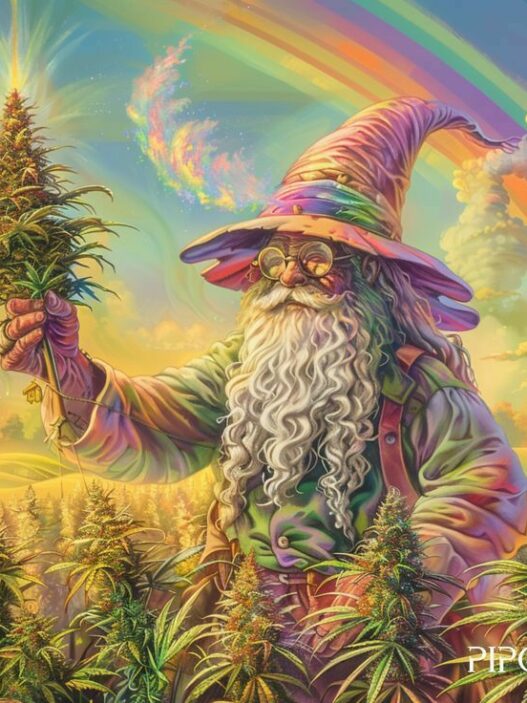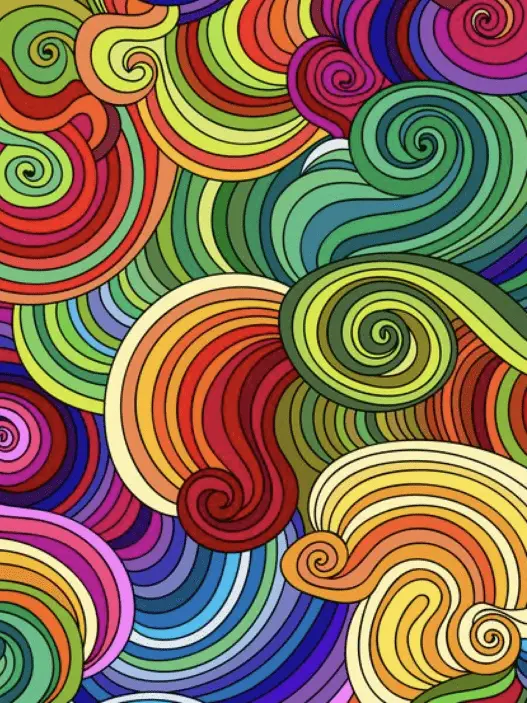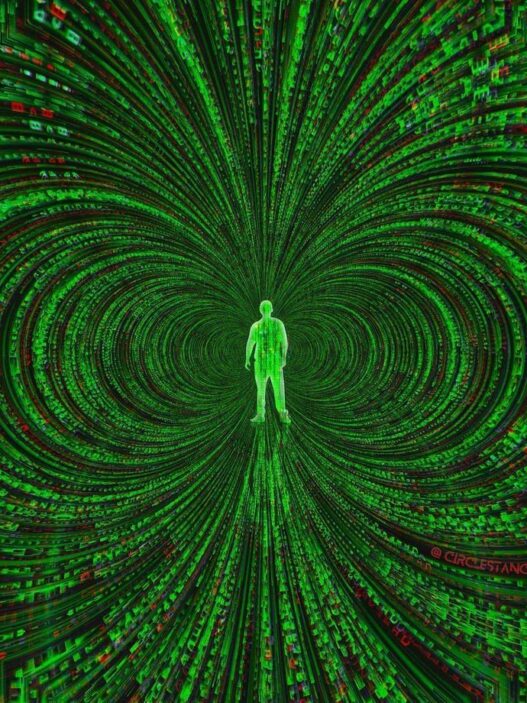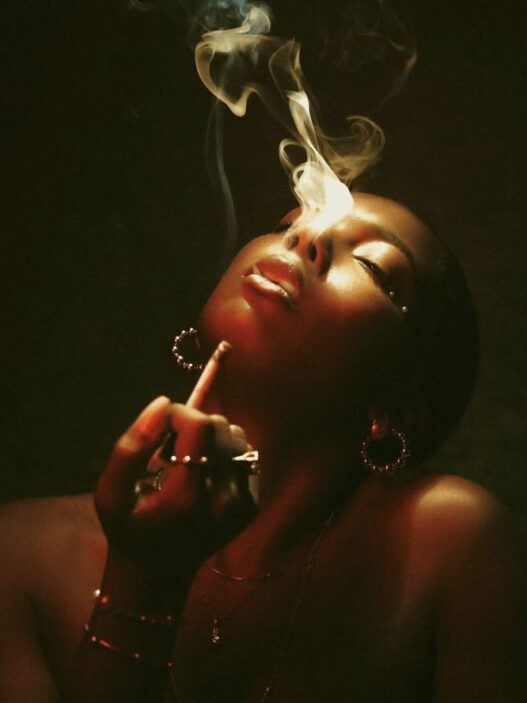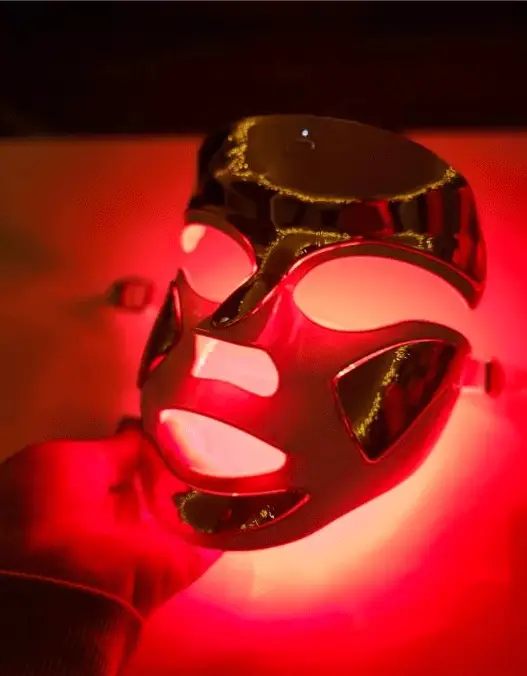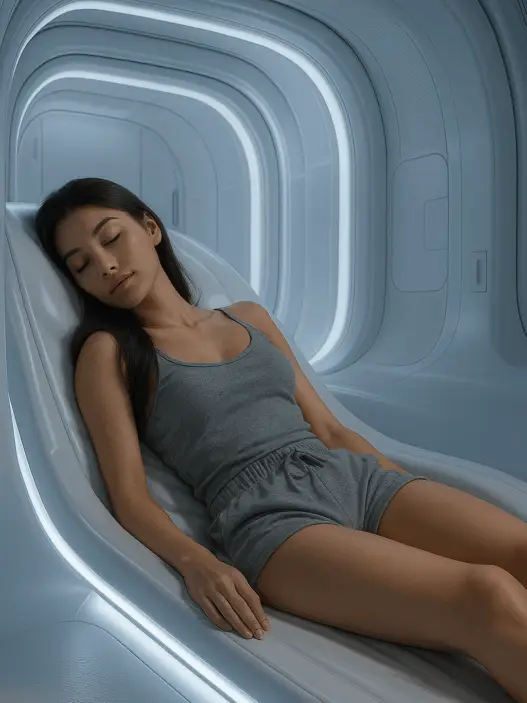For thousands of years, indigenous cultures have turned to mescaline, a powerful psychedelic compound, for spiritual and healing purposes. Unlike LSD or psilocybin, mescaline comes directly from cacti like peyote, San Pedro, and Peruvian torch and has a reputation for producing deeply introspective and visually immersive experiences.
What makes mescaline unique, and why has it remained relevant across cultures and generations?
1. Mescaline at a Glance
🔹 Mescaline is a naturally occurring psychedelic alkaloid found in cacti.
🔹 It belongs to the phenethylamine family, similar to MDMA but produces visual and emotional effects closer to LSD (Halberstadt et al., 2018).
🔹 Used for rituals, healing, and personal growth for over 5,000 years.
💡 Analogy: If psilocybin is like a deep introspective journey, mescaline is like stepping into a dream where colors, emotions, and time shift in profound ways.
2. How Mescaline Interacts with the Brain
Mescaline’s effects come from its ability to bind to serotonin (5-HT2A) receptors, the same ones activated by LSD and psilocybin. However, mescaline also has unique interactions that affect perception and thought patterns.
🔹 Encourages new connections between brain regions, leading to altered sensory experiences (Vollenweider & Kometer, 2010).
🔹 Boosts dopamine and norepinephrine, increasing alertness and emotional depth.
🔹 Creates synesthesia, where senses blend—users often report “hearing colors” or “seeing sounds.”
💡 Analogy: Mescaline transforms the brain into a living painting, where thoughts and senses merge into a fluid, connected experience.
3. What to Expect from a Mescaline Journey
A mescaline experience typically lasts 10-12 hours, with effects peaking around the third or fourth hour.
Common Experiences
✅ Euphoria – A heightened sense of joy and interconnectedness.
✅ Visual distortions – Enhanced colors, moving patterns, and geometric designs.
✅ Emotional openness – A deepened connection to self, nature, and others.
✅ Time shifts – Moments can feel stretched or compressed.
✅ Spiritual insights – A feeling of unity with the universe or a sense of profound understanding.
Challenges to Consider
⚠ Nausea – Many users experience vomiting before the peak effects.
⚠ Anxiety or confusion – If taken in the wrong setting, the intensity can be overwhelming.
⚠ Long duration – Unlike psilocybin, mescaline’s effects can last up to half a day.
💡 Analogy: A mescaline trip is like stepping into a vivid, emotionally charged dream that lasts for hours, blending reality with something beyond it.
4. A Long History of Use
🔹 Indigenous cultures have used peyote for over 5,000 years in sacred ceremonies.
🔹 The Native American Church legally uses mescaline-containing cacti for religious rituals.
🔹 Aldous Huxley’s book The Doors of Perception (1954) introduced mescaline to the Western world as a tool for expanding consciousness.
💡 Fun Fact: Mescaline was the first psychedelic ever synthesized in a lab in 1919 (Spencer, 1965).
5. Potential Benefits and Research
Recent studies suggest mescaline could be useful in mental health treatment.
🔹 Encourages neuroplasticity, allowing the brain to form new connections (Ly et al., 2018).
🔹 Surveys show long-term improvements in depression and anxiety among users (Davis et al., 2021).
🔹 Some researchers believe it could be useful for PTSD and addiction therapy, though studies are still in early stages.
💡 Analogy: Mescaline may act like a reset button for the mind, helping to break free from negative thought loops.
6. Legality and Availability
🔹 Peyote is legal for members of the Native American Church in the U.S.
🔹 San Pedro and Peruvian torch are legal to grow in many countries but not for consumption.
🔹 Pure mescaline is illegal in most countries, classified as a Schedule I substance.
Final Thought: A Window into Another Reality
Mescaline is more than just a psychedelic—it has been a sacred tool for self-discovery and spiritual connection for thousands of years. With modern research exploring its potential, it may soon take its place alongside psilocybin and MDMA in mental health treatments.




